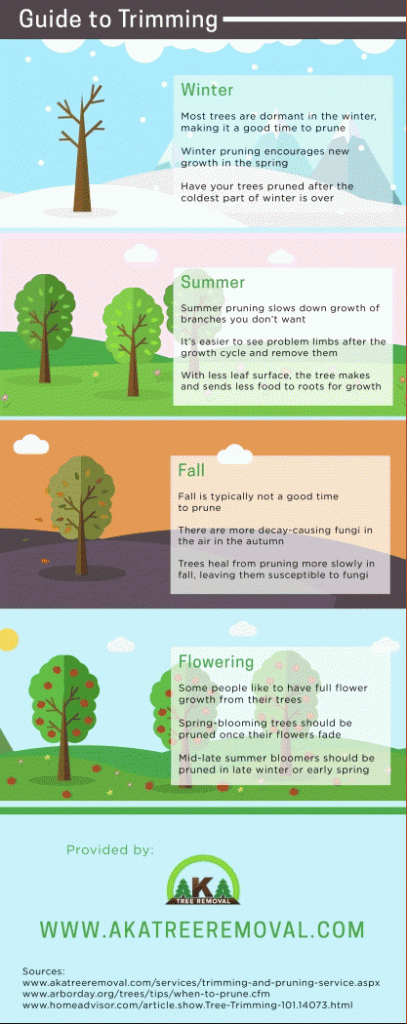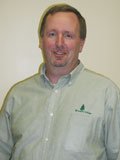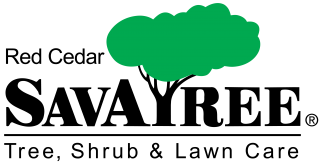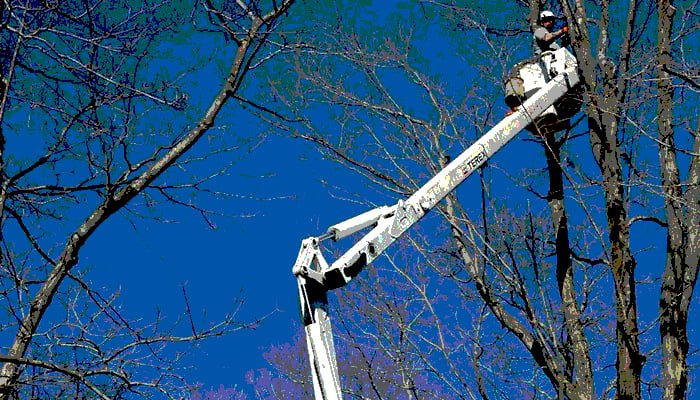Although pruning trees may seem like a simple DIY hedge trimmer task, as with any other tree services, there is an art to tree pruning. Proper pruning should be conducted to encourage growth, increase flower and/or fruit production, improve the overall health, remove damaged or dead limbs, and/or to improve aesthetics. Pruning trees without reason is haphazard and dangerous. Similar to over watering, or over fertilizing, over pruning can also be detrimental to your tree’s health.
When hiring a professional arborist for tree trimming services, it is important to ask if they prune according to the American National Standards Institute (ANSI A300). Within these standards are requirements for proper methods, equipment, and techniques.
When pruning trees avoid:
-
- Removing any more than 25% of foliage during a growing season
- Pruning a newly planted tree for the first year
- DIYing big pruning jobs, especially near utility lines or ones that involves chainsaw and ladder work
- Cutting off the branch collar
- Using wound paint
- Topping
- Lion-tailing

Pruning seasons:
-
-
- Winter – These are the dormant months for most trees, and because of this, winter is a great time to prune. Pruning trees in winter encourages new spring growth.
- Summer – At this time, after the growth cycle, it is easier to see problem limbs and remove them.
- Fall – Typically, fall tree pruning should be avoided because there are more fungi present in the air in autumn and trees tend to heal slower in fall making them more susceptible to disease.
-
How often to prune?
-
-
- The exact answer to this question relies on the type of tree and other conditions, but, generally speaking, trees should be pruned at least once a year.
-
Types of tree pruning methods:
-
-
- Pollarding – Dramatically cutting back major branches to contain the tree’s size. This technique must be started when a tree is young and continued every two years.
- Reduction – Branches are selectively shortened to reduce height and/or spread of the tree.
- Cleaning – Selective pruning to remove dead, diseased, or broken branches.
- Thinning – Selective pruning to reduce the density.
- Raising – Pruning to provide vertical clearance by crown raising to shorten or remove lower branches of the tree, usually to provide clearance for buildings, signs, vehicles, etc.
- Topping – This method is never acceptable. Topping involves indiscriminately cutting back trees, usually completely cutting off the top of a tree. This process will leave stubs that are too small to conduct their role effectively. Read more on why to avoid tree toppers HERE.
-
Hiring a certified arborist:
-
-
 When pruning your trees, it is essential to make sure you are properly and strategically doing so. Avoiding haphazard, and uneducated cuts is extremely important in maintaining the health of your trees. When hiring a certified arborist, like the trained staff at Red Cedar, your tree’s specific needs will be analyzed, and pruning will be executed properly, avoiding incurable injury. At Red Cedar, our arborists are ISA certified (International Society of Arborists), giving us the experience and knowledge to care for your trees properly and preserve their health and beauty. Tree services are much more extensive than most homeowners think, and because of this it is best to call the professionals and avoid DIY tree pruning, tree removal, disease management and plant health services.
When pruning your trees, it is essential to make sure you are properly and strategically doing so. Avoiding haphazard, and uneducated cuts is extremely important in maintaining the health of your trees. When hiring a certified arborist, like the trained staff at Red Cedar, your tree’s specific needs will be analyzed, and pruning will be executed properly, avoiding incurable injury. At Red Cedar, our arborists are ISA certified (International Society of Arborists), giving us the experience and knowledge to care for your trees properly and preserve their health and beauty. Tree services are much more extensive than most homeowners think, and because of this it is best to call the professionals and avoid DIY tree pruning, tree removal, disease management and plant health services.
-
Trust in a Certified Arborist at Red Cedar! Call today for your free consultation!


